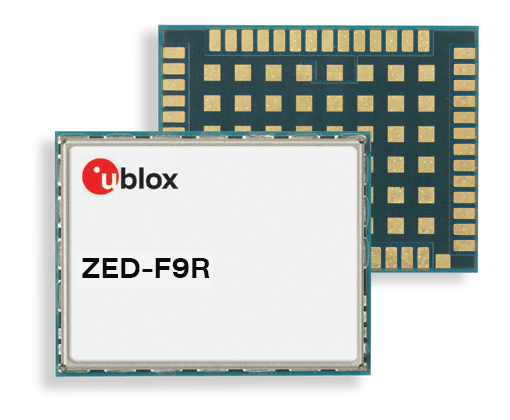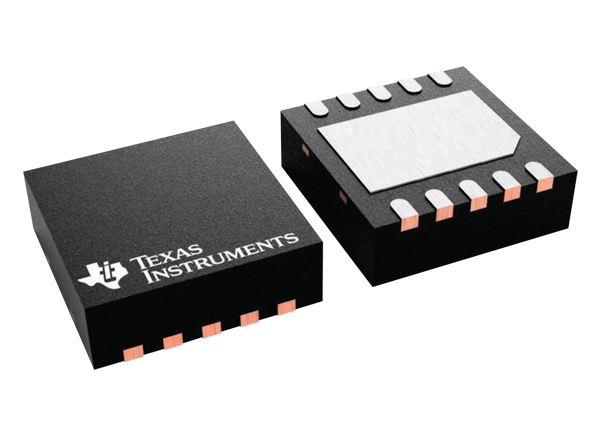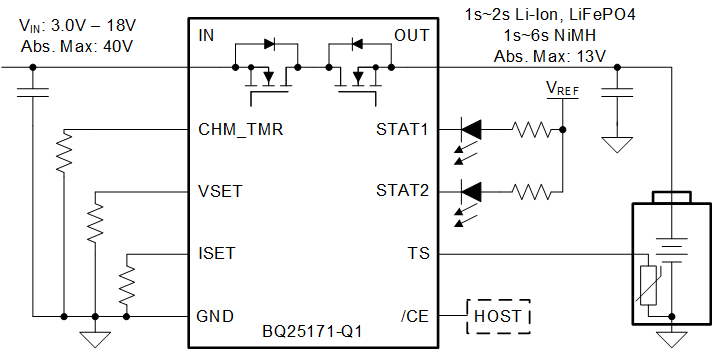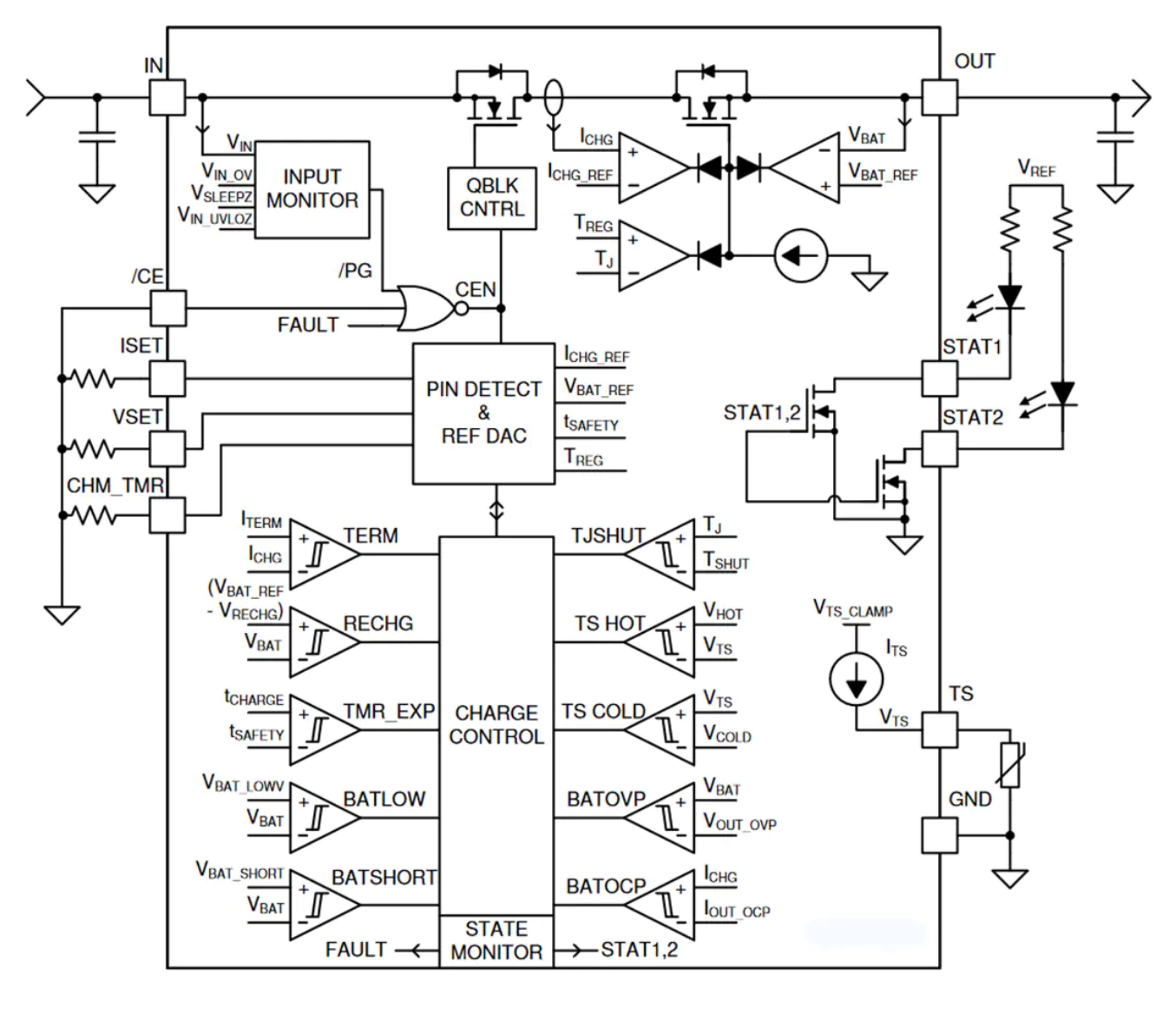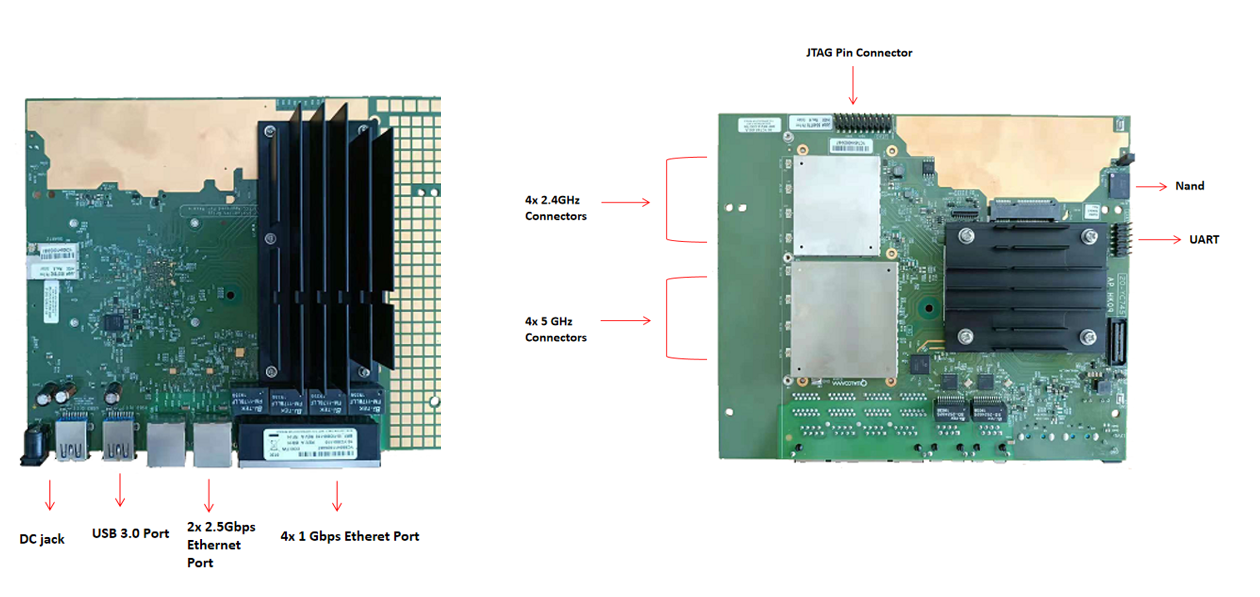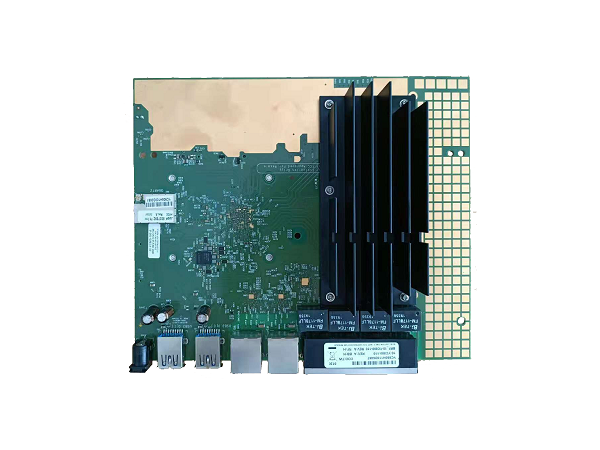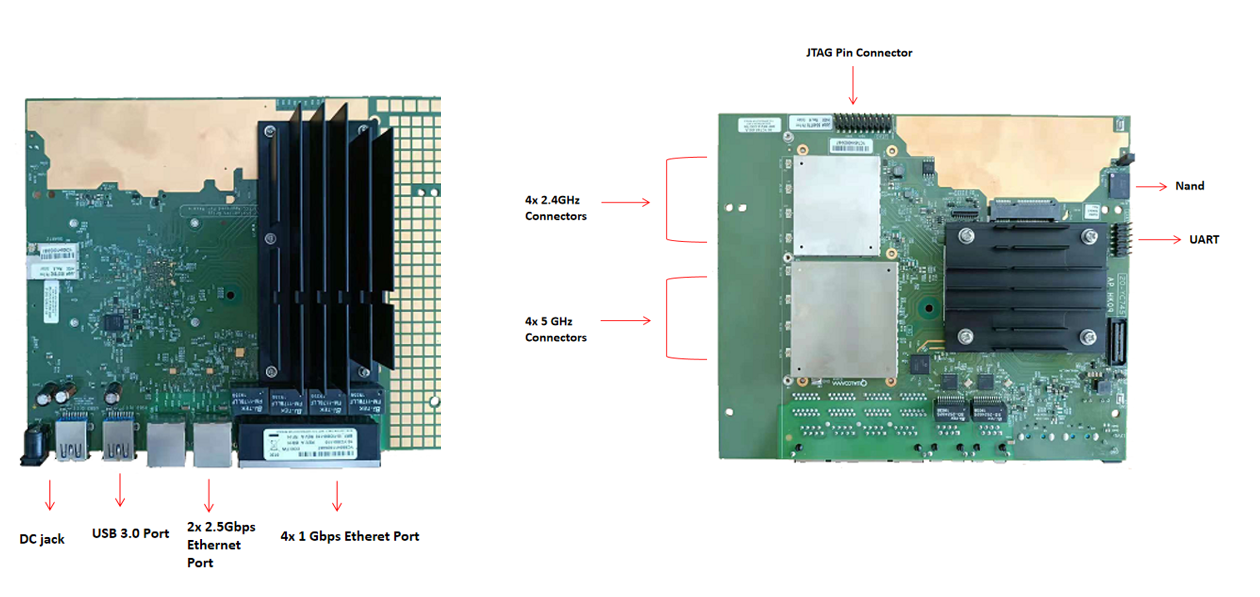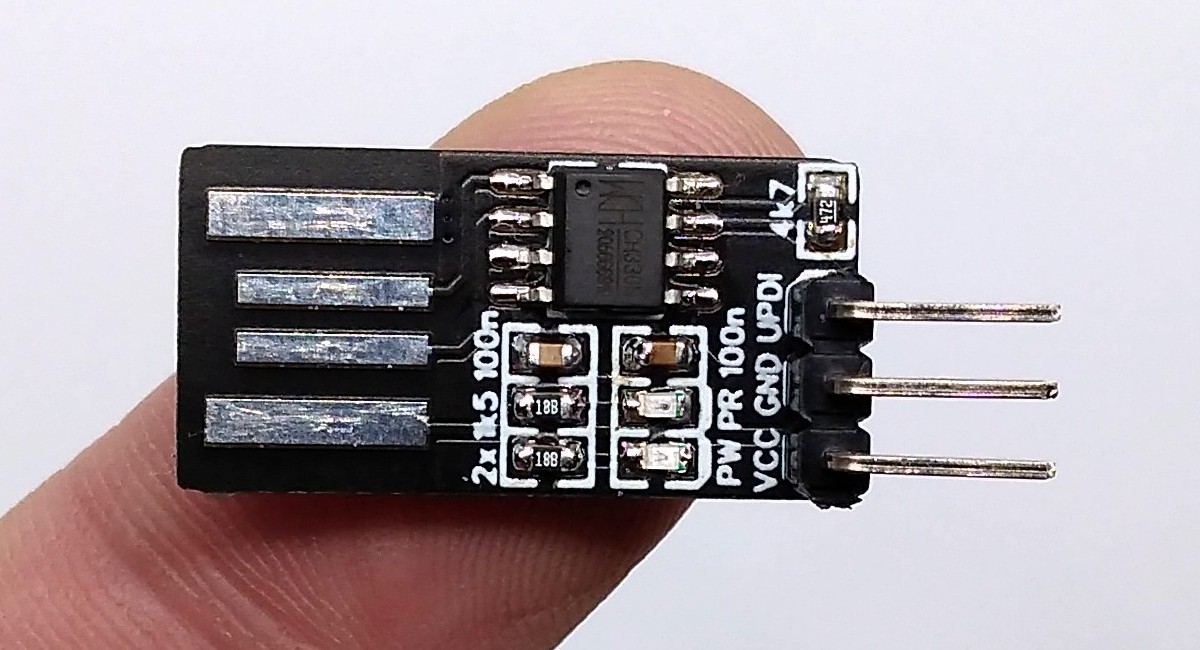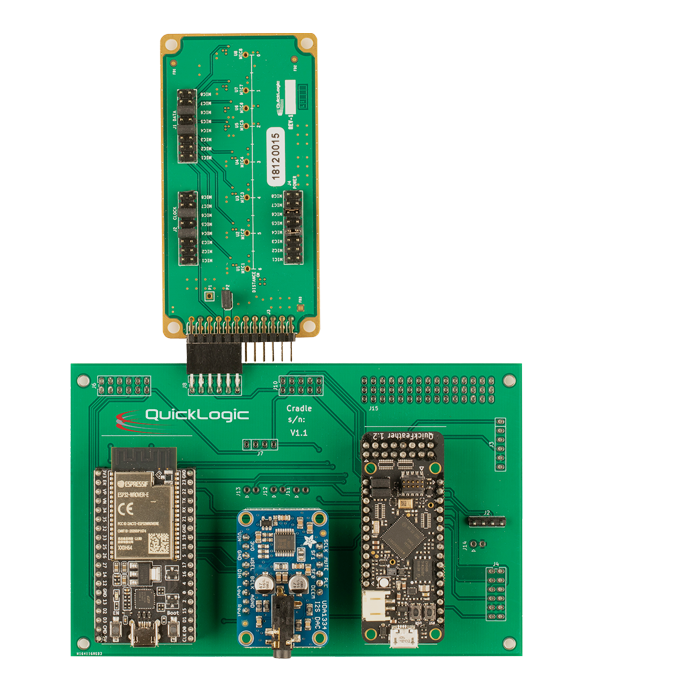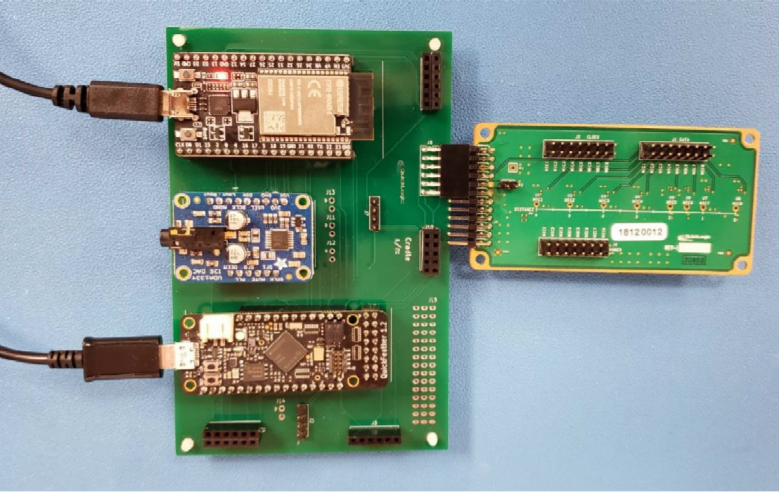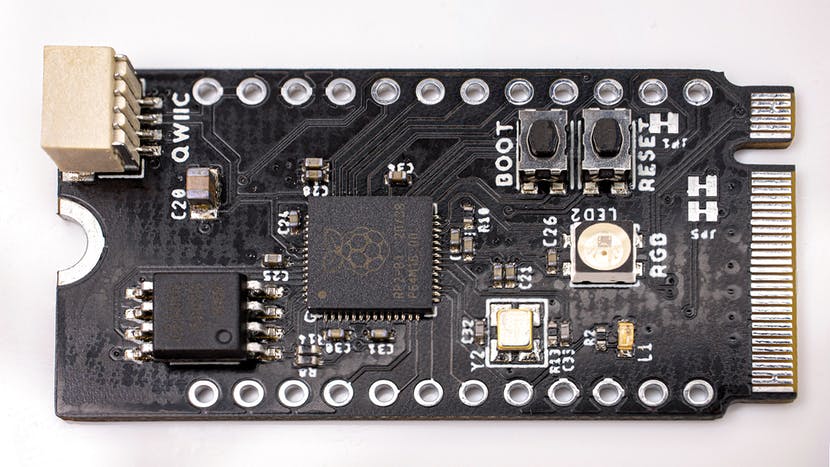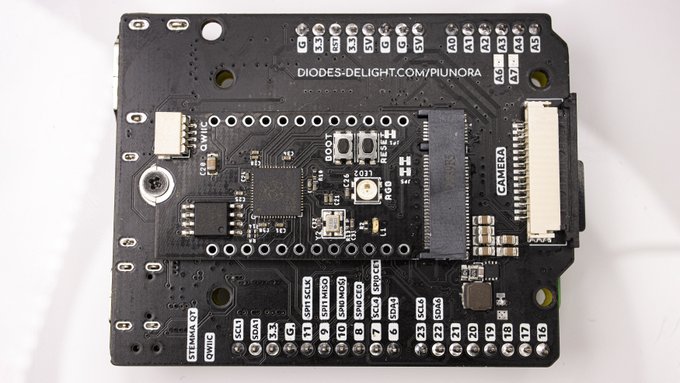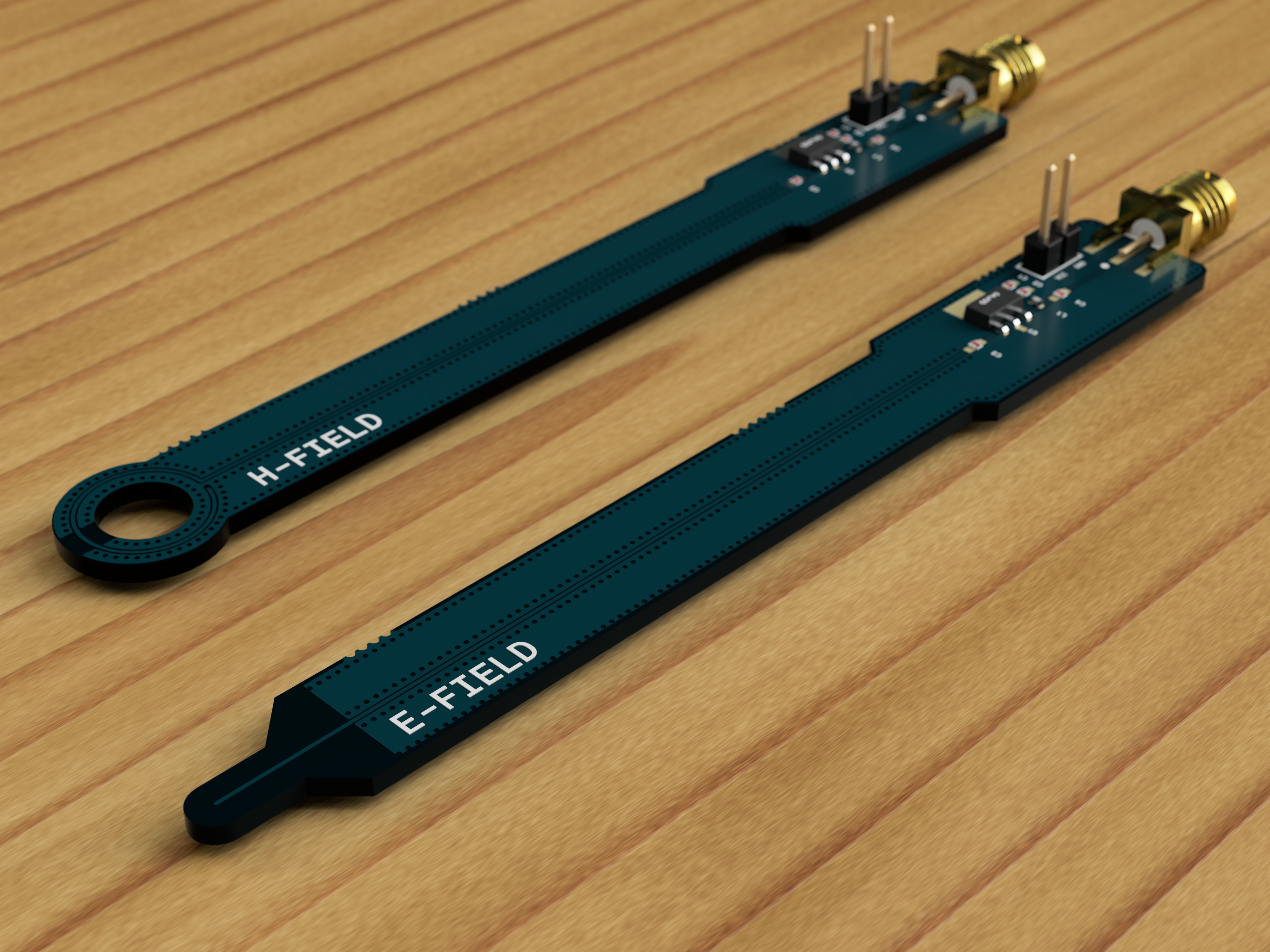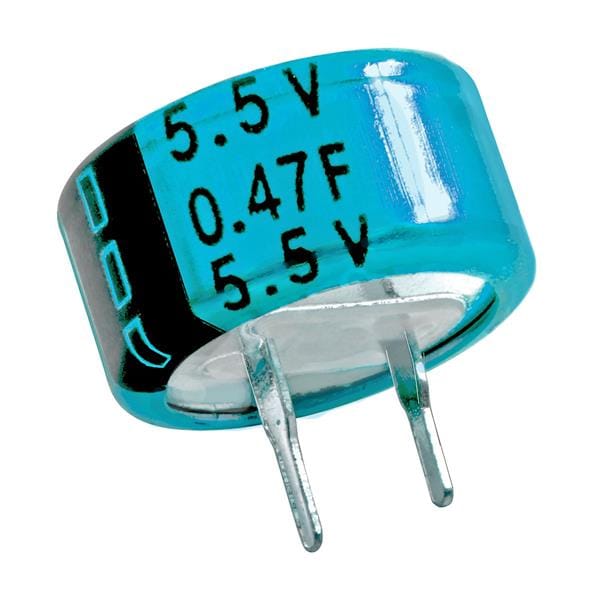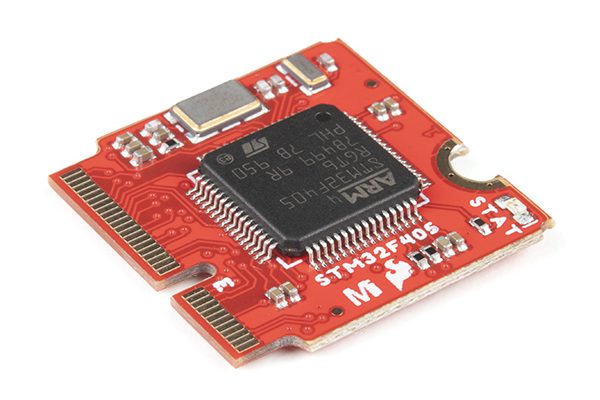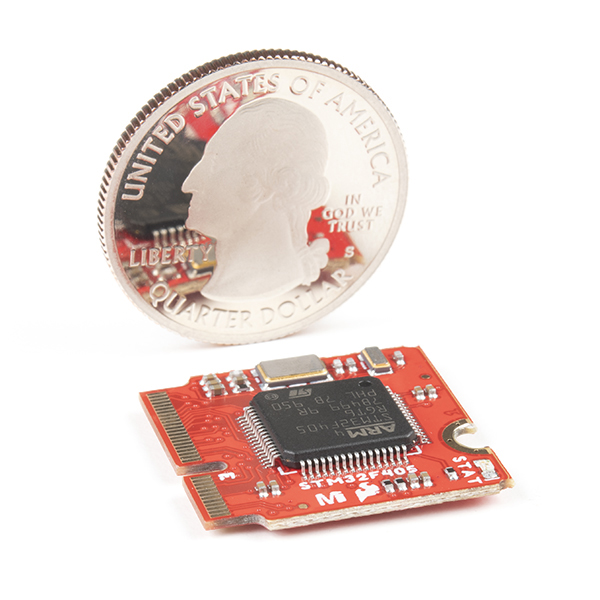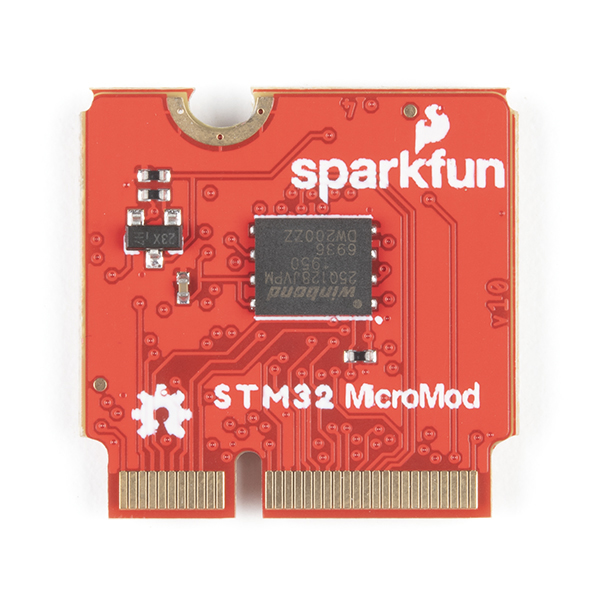u-blox’s F9R dual-band GNSS module is a fully integrated solution for fast time-to-market
u-blox’s ZED-F9R positioning module features the u-blox F9 receiver platform providing a reliable multi-band GNSS sensor fusion solution for industrial applications in a compact form factor. The wide bandwidth allows receiving of many satellite signals in parallel, resulting in the high availability of RTK solutions and quick convergence time. The module operates under an open sky, in the wooded countryside, in difficult multipath environments, and even in covered areas. Designed for autonomous industrial applications like agricultural machinery or heavy trucks, the ZED-F9R is the ultimate solution for applications where control and position availability are critical.
The ZED-F9R module has an integrated inertial measurement unit (IMU) for RTK positioning in obstructed environments. The sophisticated built-in algorithms fuse the IMU data, GNSS measurements, wheel ticks, correction data, and a vehicle dynamics model to provide optimal positioning accuracy where GNSS alone would fail.
The device is a turnkey self-contained solution, which provides the best possible performance: no latencies or similar system considerations to worry about. This eliminates the technical risk and effort of selecting and integrating RF components and third-party libraries such as precise positioning engines.
The C102-F9R application board with a field-configurable CAN converter allows efficient evaluation of ZED-F9R without porting host libraries.
Features
- Centimeter-level accuracy in the most challenging conditions
- Continuous navigation when GNSS is obstructed
- Multi-band, multi-constellation enables fast convergence: BeiDou, Galileo, GLONASS, GPS
- Easy integration of RTK for fast time-to-market
- Wide bandwidth receives L1/L2/L5 signals simultaneously for improved RTK performance
- Turnkey solution includes dead reckoning, RTK, and position engine
more information: https://www.u-blox.com/en/product/zed-f9r-module


